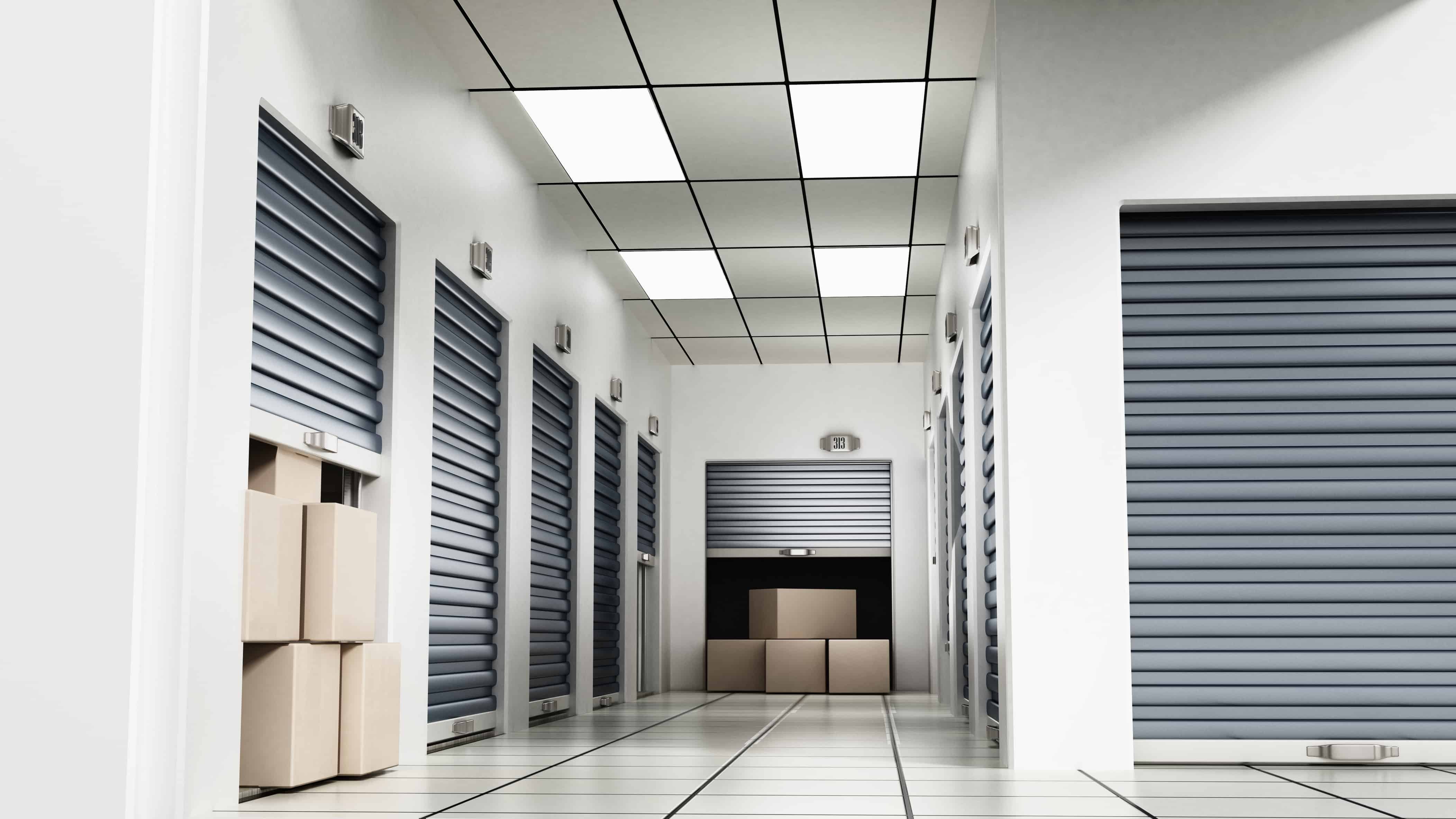Storage units are a great way to safely tuck away possessions that you don’t immediately need (winter woollies in summer), that you want to save for later (family photos and mementos), and which need a temporary home while you move from the city to the suburbs.
There are several ways in which you can optimise your storage space so that you don’t rent a room or container that is bigger than you need, which ramps up costs, especially over the long-term.
Here are six great tips
Before you start packing boxes, make sure that you’re storing wisely and aren’t just holding onto things that you will never again need, like the jeans and crop tops you could fit into when you were 21 years old, and school books from 15 years ago.
This should be a chance to save what is dear and what is necessary, not junk.
1. Quality containers
Regardless of whether you need short-term or long-term storage, you need to ensure that your goods are safe from damage. Cardboard boxes are convenient but that doesn’t make them a good choice.
If you really want to protect your possessions from being crushed, toppling over, or falling prey to creeping damp and mould, go with plastic. Plastic crates and drawers are strong, sturdy, and easily stackable, especially if you buy them in sets.
An added bonus, if you use transparent plastic you can easily see what’s in the container.
2. Use every inch and use it well
Often, people cram as many boxes in the space as possible and don’t think about wall and ceiling space.
You can put up shelves to make use of wall space. These can be useful for small or awkwardly shaped items.
A fab tip is to use pegboards. You can then put things like bolts, nuts, nails, and little odds and ends in sandwich bags and hang them from pegs on the board. Because the boards are reasonably flat, you can still stack boxes in front of them, which sorta kinda doubles the space.
Hooks and S-hooks allow you to optimise ceiling space. Just make sure you have a stool or little step ladder so you can reach everything stored up high.
3. Use stored goods as storage space
If you are storing a chest of drawers, cabinets, or bookshelves, make sure you use the natural storage space they provide. You can get a lot of great grandma’s jewellery in your old sock drawer, and the old kitchen cabinets are great for hobby materials (beads, thread, cardboard, knitting needles) that will be revived a few years hence.
You can also use the space underneath your dining or patio table … or you can use another great tip which is …
4. Dismantle furniture
Let’s go back to your dining or patio tables. These can usually be dismantled and then it’s just a matter of storing the table top upright against the wall, and the legs wrapped in bubble wrap on the floor. Mattresses, bed bases, and headboards can also be stored up against the wall to save space.
5. Make a path
Yes, you want to use as much space as possible but you also want to be able to reach everything that you have stored. A path on each side will make life so much easier and save many a temper when you want to get at that box all the way back and to the left.
6. Make sections
It helps to pack according to a pattern, for example, by room (kitchen things together), or by season (winter clothes and sports equipment together). So, if you’re looking for cutlery you don’t have to first wander through random boxes of clothes, books, hobbies, and garden tools before you get to knives and salad spoons.
Save time
This isn’t about optimising space, but it will save you time, which is just as good.
Four things:
- Make a list of everything that is going into storage. Keep one in your storage unit and one in a handy place at home.
- Draw a rough map of what you have stored where. It’s a bit of schlep but it will help in the long-run. Keep a copy in the unit.
- Take photos of what goes into each box, crate, drawer, cabinet, and pegboard and stick them on the side where you can see it easily. Make copies and stick them on each side, just in case.
- Put labels on all sides so you can read what you’ve got no matter where you are in the unit.
There’s no denying that proper organisation takes time and effort, but honestly, when you think about it, it makes a lot of sense and it will save you time and frustration. If you are not one of life’s naturally organised people, ask a friend for help. Every group of friends has at least one person with a label make, and a label on the label maker.
